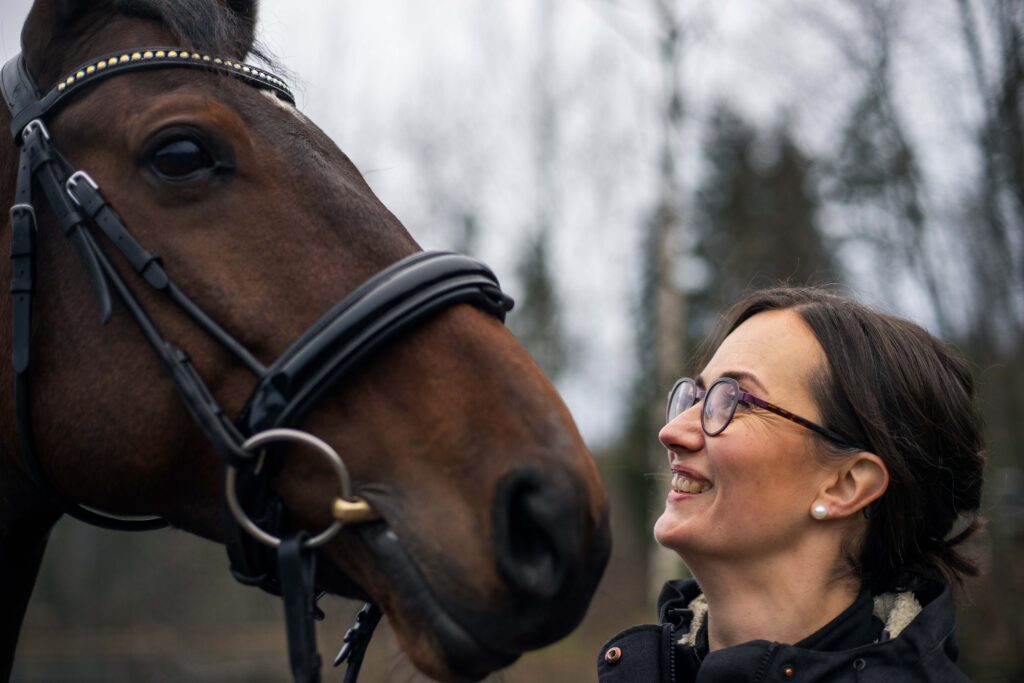Costs of offshore wind are coming down, and there seems to be growing interest in the offshore wind in Finland. But there are still some hurdles on the way before offshore wind power can be introduced on a large scale in Finland. Will those hurdles be overcome?
The European Commission is relying more and more on offshore wind to reach its climate targets. It has been estimated that in 2050, offshore wind power could meet 30% of Europe’s electricity demand. A growing number of the European countries, for example, Germany, the Netherlands, and Belgium, have recently increased their ambition on offshore wind power targets. A growing number of offshore wind power auctions are organized: Denmark has just finalized a round, and Norway has announced the first offshore wind auction.
The revision of the Finnish Climate and Energy strategy is due to be sent out for consultation in March or in April. We are expecting the offshore wind to have a role in the strategy but unfortunately, we are not expecting Finland to set any numeric targets for offshore in the strategy. More political ambition would be needed to give the Finnish offshore wind a level playing field with our neighbouring countries.
The property tax has been the success story of wind power in Finland. It is the main reason why the Finnish municipalities are willing to do spatial planning and grant permits for wind turbines. But for offshore wind, the property tax has been a hurdle as due to the more expensive foundation and construction costs. The property tax of an offshore turbine is 3-fold higher than that of an onshore turbine. The law proposal to lower the property tax of offshore wind turbines is expected to be sent out for consultation any day now. This is a step in the right direction.
The other question that politicians should consider very carefully, is how Finland can win the competition on offshore investments in a situation where the grid connection costs are socialized in many of our neighbouring countries. This question is yet to be answered.
At the end of 2021, the Government’s Ministerial Committee on Economic Policy approved a proposal to auction seabed leases in its territorial waters for the development of offshore wind. The first auction for 3-4 areas should take place in 2023 or 2024. The specific rules of the auction are not yet published. When finalizing the rules for the seabed auction it is vital that the lessons learned from the UK seabed auctions are investigated very carefully: there is a risk that without a price cap the level of the seabed lease will be so high that it will not be feasible to construct the wind farms for years. The seabed lease should also stay on the lower level until the construction of the wind farm is started. If the offshore wind power is not yet feasible, the increase of the seabed lease while the project development is still ongoing does not speed up the process – it just makes the offshore wind farm development less appealing for the companies and investors.
In January the Government granted research permits for three offshore wind power projects in Finland’s exclusive economic zone. The peculiar thing is that two of these permits are exactly for the same location. The Finnish legislation concerning EEZ-areas has been designed for transmission lines, gas lines and the like, not for such projects that might compete in the same area. To avoid wasting effort and money, the legislation should be revised as soon as possible to clarify how the right to develop an offshore wind farm in EEZ area is obtained. It is also vital that the developer, who gets the research permit and carries out the EIA for the area, has got the privilege to apply for the right to construct on the area. Now the research permit does not give priority when applying for the right to construct.
We know that the offshore wind power potential of Finland is enormous. We also know that there will be a remarkable amount of offshore wind power in Finland in the future. It just remains to be seen when large-scale project development and construction will begin. Challenges wouldn’t be called ”hurdles” if there wasn’t a way to get over them!
Cheers, Anni
